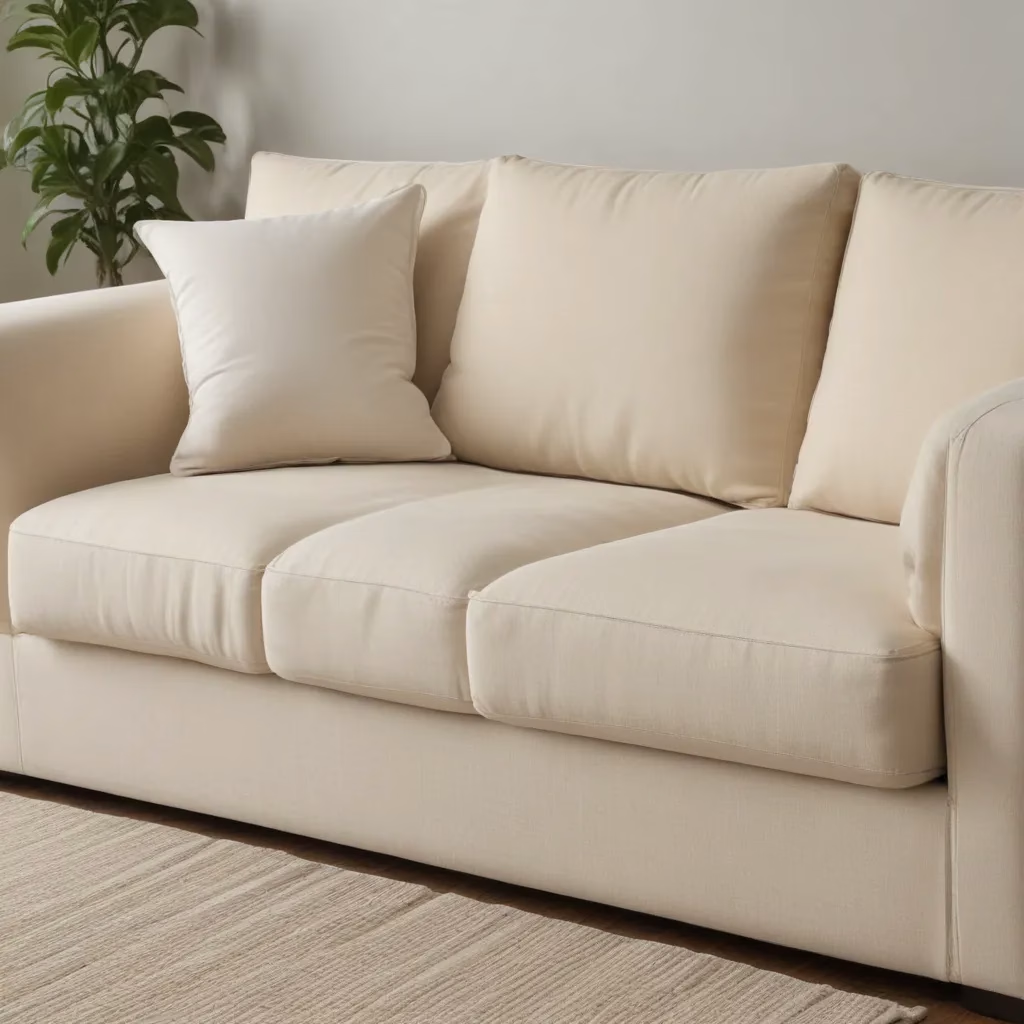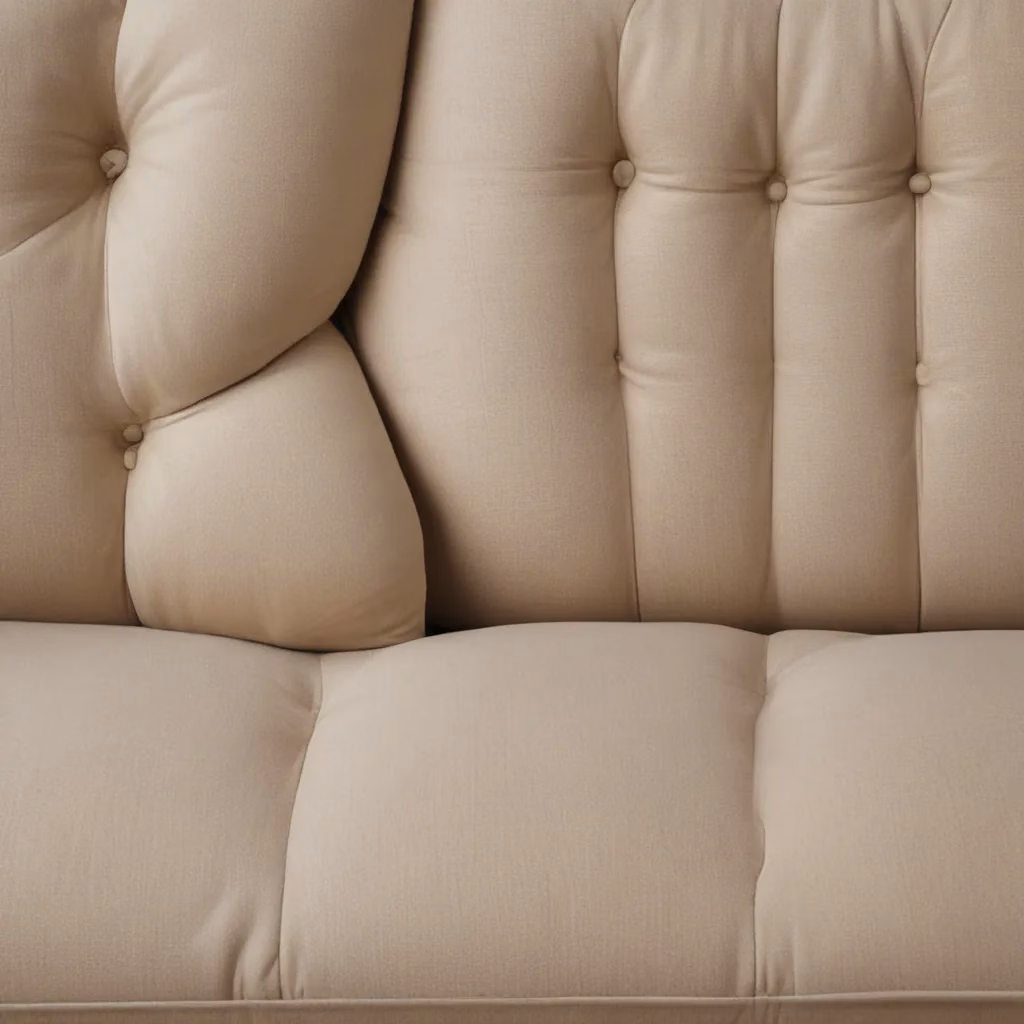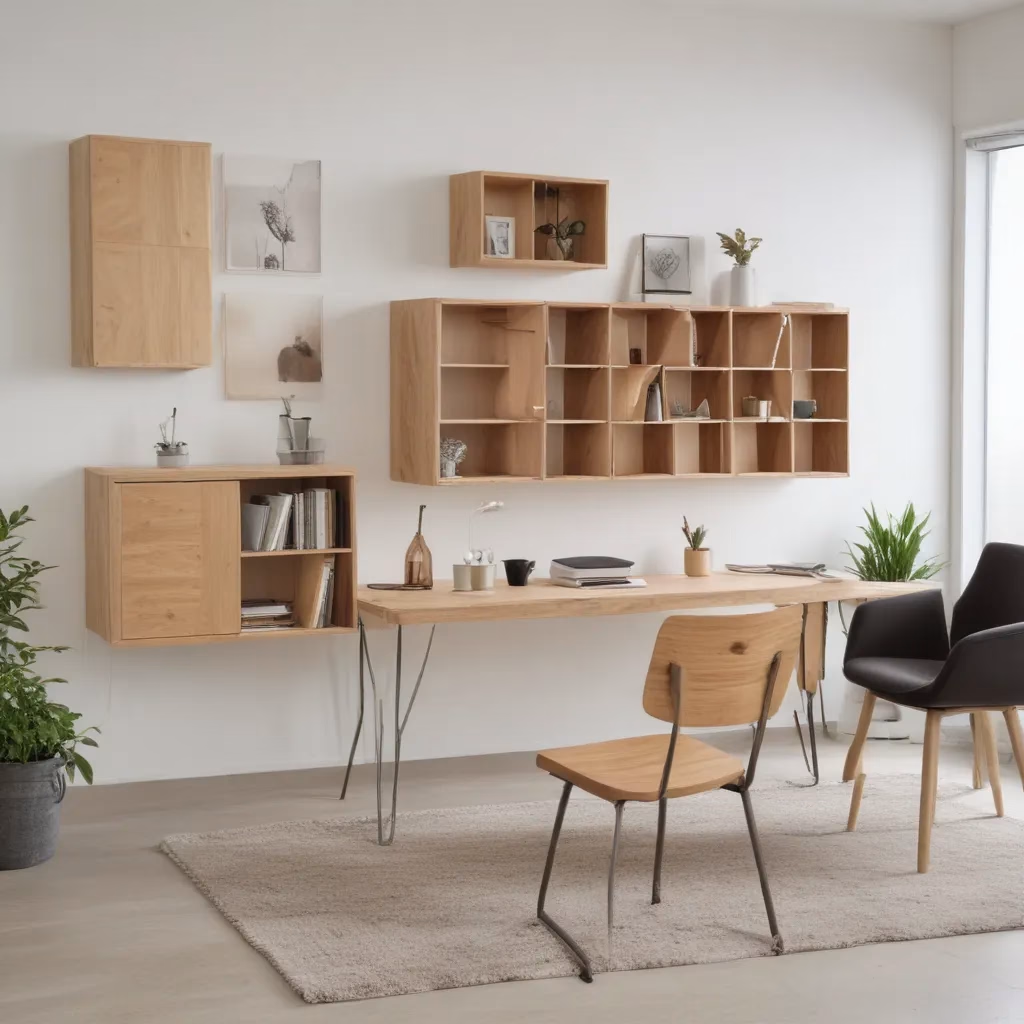
As an experienced furniture consultant and interior design writer, I know all too well the frustration that can come with sagging or flattened sofa cushions. In our 15 years installing… Over time, even the most luxurious and well-made sofas can start to lose their plush, supportive feel, leaving you sinking into the couch instead of sinking into relaxation. But before you resign yourself to an unsightly, uncomfortable seating situation, take heart – there are several proven methods to revive those saggy cushions and restore your sofa to its former glory.
Now, this might seem counterintuitive…
Sofa Fundamentals
Sofa Styles and Construction
The construction and design of a sofa can have a significant impact on how its cushions wear over time. Loose back cushions, for example, tend to be more prone to shifting and slouching compared to attached back cushions. Meanwhile, sofas with removable seat cushions often allow for easier maintenance and customization, whereas fixed seat cushions can be trickier to maintain.
Regardless of the style, most sofas feature some combination of foam, fiber, and/or springs within the cushions to provide comfort and support. The quality and density of these materials play a big role in how long the cushions will retain their shape. Cheaper, lower-density foams are more likely to break down, leading to sagging and flattening.
Sofa Materials and Upholstery
The type of upholstery fabric used on a sofa can also influence cushion longevity. Tightly woven, durable fabrics like leather, microfiber, and high-performance synthetics generally hold up better over time compared to more delicate textiles like chenille or linen.
Additionally, the interior filling materials – such as memory foam, polyurethane foam, down feathers, or polyester fibers – can significantly impact cushion comfort and resilience. Each option has its own unique properties, pros, and cons when it comes to maintaining that fresh, plump appearance.
Upholstery Care and Maintenance
Fabric and Fiber Types
Proper care and maintenance of your sofa’s upholstery and cushions is key to preventing premature sagging and flattening. Start by understanding the specific needs of your sofa’s fabric and fiber types.
Fabrics like microfiber and leather are generally quite durable and easy to clean, requiring only occasional vacuuming or mild spot cleaning. More delicate textiles, such as velvet or chenille, may need professional cleaning to avoid damage. And for down-filled or feather-blended cushions, regular fluffing and reshaping is a might want to to maintain their lofty, cloud-like feel.
Cleaning and Stain Removal
In addition to routine maintenance, dealing with spills, stains, and ground-in dirt is crucial for preserving your sofa’s appearance and structural integrity. Blot up liquid spills immediately, and tackle stubborn stains with a mild, fabric-safe cleaner. Avoid using harsh chemicals or scrubbing too vigorously, as this can break down the fibers and materials over time.
Cushion Fluffing and Rotation
One of the simplest yet most effective ways to keep your sofa cushions looking and feeling their best is to fluff and rotate them regularly. This helps to evenly distribute the filling within the cushions, preventing uneven wear and sagging. Aim to fluff and flip your cushions at least once a week, or whenever you notice them starting to lose their shape.
Living Room Furniture Arrangement
Room Measurements and Layout
The way you position and arrange your sofa within your living room can also impact the long-term condition of the cushions. Measure your space carefully to double-check that the sofa fits comfortably without feeling crowded or cramped. Allow ample clearance around the sides and front of the sofa for ease of movement and access.
Zoning and Traffic Flow
Consider the overall traffic flow and usage patterns in your living room when deciding on the sofa’s placement. Avoid positioning it in a high-traffic area where people will be constantly walking by or climbing over the arms and back. This can contribute to premature wear and sagging, especially on the arms and back cushions.
Lighting and Decor Placement
The placement of lighting fixtures and other decor elements around your sofa can also play a role in cushion maintenance. Avoid positioning the sofa directly under bright overhead lights, as this can cause the upholstery and cushions to fade and deteriorate more quickly over time.
Sofa Purchasing Considerations
Size and Fit
When selecting a new sofa, be sure to measure your space carefully and choose a size that fits comfortably within the room without dominating the entire area. An oversized sofa can feel overwhelming, while an undersized one may look and feel out of place. Pay close attention to the depth of the seat cushions as well, ensuring they provide ample support and legroom.
Comfort and Support
Comfort should be a top priority when investing in a new sofa. Look for models with high-quality, high-density foam or spring cushions that will hold up well over time. Memory foam and down-filled options can also be excellent choices for plush, supportive seating. Don’t be afraid to test out the sofa in person to double-check that it aligns with your personal comfort preferences.
Budget and Longevity
While it’s tempting to opt for the most budget-friendly sofa option, keep in mind that you often get what you pay for when it comes to furniture. Investing in a well-constructed, quality piece from a reputable manufacturer can pay dividends in the long run, as it’s more likely to maintain its shape and comfort level for years to come. Factor in your budget, but also consider the sofa’s overall durability and lifespan.
Troubleshooting Cushion Issues
Common Causes of Sagging
There are several common culprits behind sagging and flattened sofa cushions. Excessive weight, poor-quality materials, and uneven weight distribution can all contribute to this issue over time. Additionally, natural wear and tear, as well as improper maintenance, can lead to a loss of cushion support and resilience.
Cushion Replacement Options
If your sofa’s cushions have reached the point of no return, it may be time to consider replacing them entirely. This can be a cost-effective solution compared to buying a brand-new piece of furniture. Look for high-quality foam or fiber inserts that are tailored to fit your sofa’s specific dimensions. Some upholstery shops or furniture retailers even offer custom cushion-making services.
Preventative Maintenance Tips
To avoid having to replace your sofa cushions prematurely, be proactive with maintenance and care. Regularly rotate, fluff, and inspect the cushions for signs of wear. Consider using cushion supports or inserts to provide additional reinforcement and prevent sagging. And be mindful of how you use and interact with your sofa, avoiding concentrated pressure or overloading in specific areas.
Styling for Comfort and Aesthetics
Throw Pillows and Blankets
One easy way to enhance the comfort and visual appeal of a sofa with sagging cushions is to incorporate plush throw pillows and cozy blankets. Not only do these accent pieces help to conceal any unevenness or flattening, but they also add an extra layer of softness and visual interest to your living room design.
Accent Pieces and Decor
Beyond just textiles, strategically placed accent pieces and decor can also help to distract from and disguise cushion issues. Consider arranging decorative trays, vases, or sculptures on the sofa to draw the eye upward. Layering area rugs, end tables, and floor lamps around the perimeter can also create a cohesive, polished look.
Arranging for Visual Interest
When styling a sofa with less-than-ideal cushions, don’t be afraid to get creative with your arrangement. Play with the placement of throw pillows, blankets, and other accents to create an intentional, visually appealing look. Experiment with asymmetrical or off-center layouts to add visual interest and draw the eye away from any problem areas.
Sustainable Sofa Solutions
Eco-Friendly Upholstery
If you’re in the market for a new sofa and want to prioritize sustainability, look for models featuring eco-friendly upholstery materials like organic cotton, recycled polyester, or plant-based leather alternatives. These options not only reduce the environmental impact but can also be more durable and easier to maintain over time.
Refurbishing and Reupholstery
Rather than discarding an older sofa with sagging cushions, consider having it professionally refurbished or reupholstered. This can breathe new life into the piece, allowing you to customize the look and feel to suit your current needs and design preferences. It’s a more sustainable option than purchasing a brand-new sofa.
Charitable Furniture Donations
If your sofa has reached the end of its usable lifespan, don’t simply send it to the landfill. Instead, look into local charities, thrift stores, or furniture banks that may be able to accept it as a donation. This keeps the piece out of the waste stream and gives it the opportunity to find a new home.
Integrated Living Room Design
Cohesive Color Palettes
When addressing sagging or flattened sofa cushions, it’s important to consider the overall design of your living room. Opt for a cohesive color palette that complements the existing hues and tones of your sofa, allowing any accent pieces or styling solutions to blend seamlessly into the space.
Balancing Textures and Patterns
In addition to color, thoughtfully incorporating a mix of textures and patterns can help to create a visually engaging living room design that distracts from any cushion issues. Pair your sofa with woven, nubby, or velvet accent pieces, and experiment with geometric, floral, or striped patterns to add visual interest.
Incorporating Functional Pieces
Finally, don’t forget to consider the practical functionality of your living room furnishings. Strategically placed end tables, ottomans, and storage pieces can not only enhance the overall aesthetic but also provide additional seating, display, and organization solutions to complement your sofa.
Reviving sagging or flattened sofa cushions may require a bit of time and effort, but the rewards are well worth it. By understanding the fundamentals of sofa construction, prioritizing proper care and maintenance, and employing strategic styling techniques, you can breathe new life into your living room furniture and enjoy comfortable, visually appealing seating for years to come. For more expert tips and insights, be sure to visit SofaSpectacular.co.uk – your one-stop-shop for all things sofa-related.
Example: Limited-Edition Velvet Sofa Collection 2025



